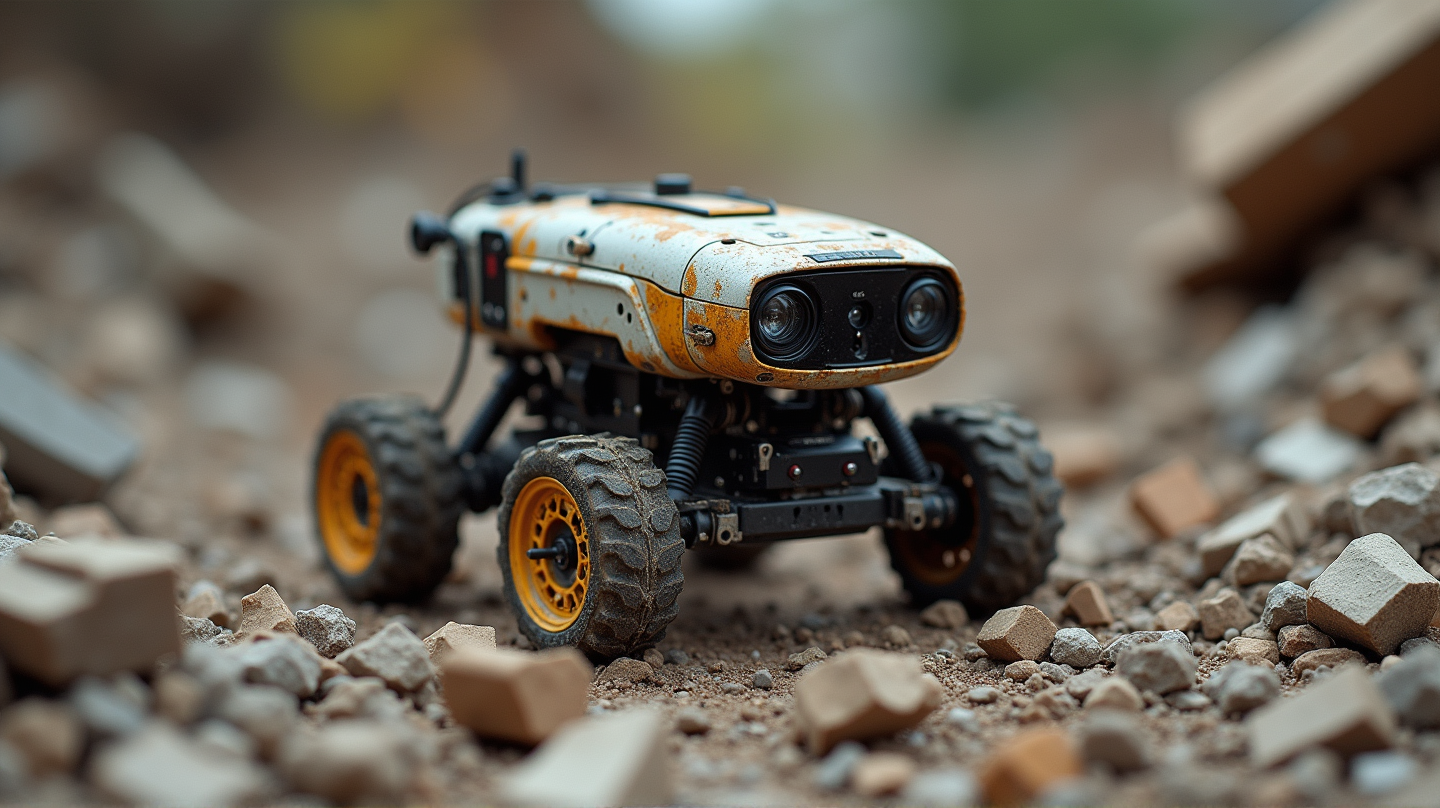Imagine a robot so flexible, it can weave through earthquake debris to locate trapped victims or move stealthily within the human body to deliver medicine. What seems like a narrative spun from science fiction is now a burgeoning reality, with a team of pioneering researchers from Penn State leading the charge.
Breaking the Mold with Soft Robotics
Distinguishing themselves from conventional, rigid robots, soft robotics are superiorly talented in mimicking biological flexibility. This capacity is particularly critical when navigating tight, convoluted environments, such as disaster sites or the intricate passages within the human body. The key to this revolution is the marriage of flexible electronics with magnetically adaptive motion control.
Huanyu “Larry” Cheng, the visionary behind these intelligent systems, emphasized, “Our goal was to integrate smart sensors so robots could operate with minimal human intervention.” These adaptable robots aren’t just obedient machines; they are evolving to become semi-autonomous partners in both rescue and healthcare operations.
Navigating Complex Terrain with Ease
By embedding hard magnetic materials within their soft structures, these robots can respond predictably to external magnetic fields. Adjusting these fields empowers attributes such as bending and twisting, facilitating complex maneuvers in demanding environments. Leveraging integrated sensors, they can autonomously detect and navigate obstacles—be it in collapsed structures or within the human body.
Medical Miracles: Revolution from Within
Imagine swallowing a tiny robot that journeys through your gastrointestinal tract, diagnosing issues or administering treatment precisely where needed. This isn’t mere fantasy; Cheng’s team is actively miniaturizing their system to make such biomedical applications a reality. “A small robotic system like a ‘robot pill’ could detect diseases or deliver drugs precisely, reducing the need for invasive procedures,” said co-author Suk-Won Hwang.
The Future: Expanding Horizons
Cheng envisions enhanced possibilities, including robots that could be injected into blood vessels, coming to the aid in treating cardiovascular diseases. “Creating even smaller robots could revolutionize non-invasive medical treatments, offering unprecedented precision,” he opined.
Their potential impact extends beyond individual applications into vast realms of innovation that could transform both rescue operations and medical treatments globally. As these remarkable robots edge closer to reality, the team at Penn State continues to push boundaries, inviting the public to contribute to this next generation of technology—starting with their very name.
As stated in StatNano, the original development details can be traced to Pennsylvania State University, where technological dreams are taking tangible form.
